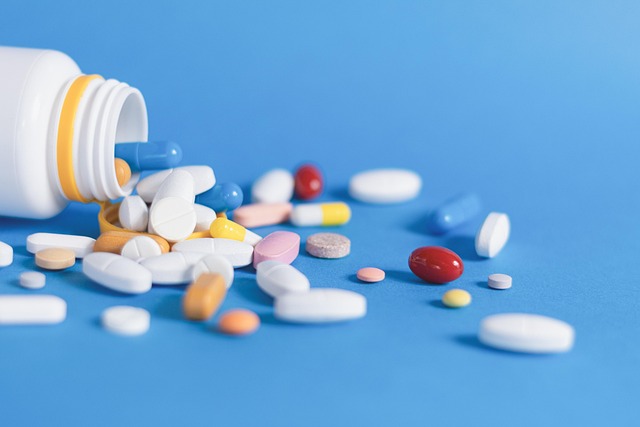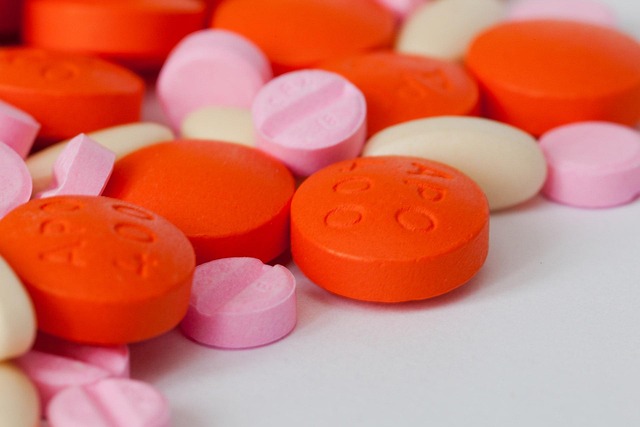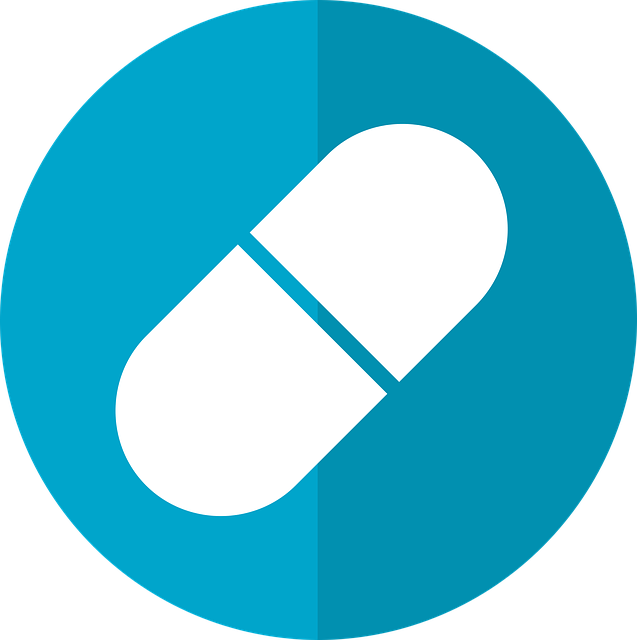GLP-1 drugs, mimicking the natural hormone glucagon-like peptide-1, are a powerful tool in managing type 2 diabetes. They stimulate insulin secretion based on blood sugar levels, control glycemia without hypoglycemia risks, and aid in weight management by suppressing appetite and slowing gastric emptying. With regulatory approval from global health authorities like the FDA and EMA, these drugs stand out for their safety and efficacy as first-line therapy or combination treatments. The stringent regulatory journey involves rigorous preclinical testing, extensive clinical trials with phase 3 data demonstrating improved glycemic control and potential cardiovascular risk reduction, and strict evaluations to safeguard patient health. Companies like Eli Lilly and Novo Nordisk have pioneered these treatments, and while global availability varies, regulatory reforms offer opportunities for faster introduction of novel GLP-1 therapies and improved accessibility for patients.
GLP-1 agonists have emerged as a powerful tool in diabetes management, offering significant benefits in blood sugar control. This article delves into the intricate world of GLP-1 drugs, exploring their regulatory and approval status globally. We unravel the complex landscape, from understanding these agonists’ role to navigating the FDA approval process and the impact of clinical trials. Additionally, we shed light on leading manufacturers, country-wise regulatory statuses, challenges faced, and future prospects, providing a comprehensive guide to the current and evolving regulatory framework of GLP-1 drugs.
Understanding GLP-1 Agonists: Their Role in Diabetes Management

GLP-1 agonists are a class of drugs that mimic the effects of the natural hormone glucagon-like peptide-1 (GLP-1). They play a significant role in diabetes management, particularly in type 2 diabetes. These drugs stimulate insulin secretion in a glucose-dependent manner, helping to lower blood sugar levels. By mimicking GLP-1’s actions, they also suppress appetite and slow gastric emptying, offering a dual benefit for glycemic control and weight management.
The effectiveness of GLP-1 drugs lies in their ability to provide continuous insulin stimulation without the risk of hypoglycemia, a common concern with other diabetes medications. They have received regulatory approval from various health authorities worldwide for the treatment of type 2 diabetes, often used as a first-line therapy or in combination with other medications. This approval status underscores their safety and efficacy in managing this chronic condition.
The Regulatory Landscape for GLP-1 Drugs

The regulatory landscape for GLP-1 drugs is characterized by a stringent approval process designed to ensure safety and efficacy in managing diabetes and obesity. Regulatory bodies, such as the FDA in the United States and the EMA in Europe, play a pivotal role in evaluating these novel therapies. The journey of a GLP-1 drug from discovery to market involves rigorous preclinical testing, followed by extensive clinical trials to demonstrate its benefits and minimize potential risks.
Approval for GLP-1 drugs typically requires substantial evidence from phase 3 clinical studies, showcasing their ability to lower blood sugar levels, improve glycemic control, and potentially reduce cardiovascular risks. The regulatory agencies scrutinize these data, examining every aspect of the drug’s development and performance to ensure compliance with strict standards. This process not only safeguards patient well-being but also fosters innovation by encouraging pharmaceutical companies to invest in groundbreaking treatments for metabolic disorders.
FDA Approval Process: A Comprehensive Overview

The U.S. Food and Drug Administration (FDA) approval process for GLP-1 drugs is a rigorous and multifaceted evaluation designed to ensure safety, efficacy, and quality. It involves several stages, from preclinical research to postmarketing surveillance. Initially, pharmaceutical companies conduct extensive preclinical studies, including in vitro and in vivo assessments, to establish the drug’s mechanism of action and potential therapeutic benefits. After promising results, they submit an Investigational New Drug (IND) application to the FDA, detailing the proposed clinical trial protocol. The IND application undergoes a thorough review, ensuring the safety and feasibility of the planned human trials.
Upon approval, Phase 1, 2, and 3 clinical trials ensue, each with specific goals. Phase 1 primarily focuses on drug safety and dosage determination in a small group of healthy volunteers. Successful completion advances the candidate to larger, more diverse populations in Phase 2, where efficacy is assessed alongside further safety monitoring. If the data are favorable, the FDA reviews the results from these trials, evaluating the overall benefit-risk profile before granting marketing authorization for GLP-1 drugs. This meticulous process guarantees that only safe and effective medications reach the market, benefiting patients worldwide.
Clinical Trials and Their Impact on GLP-1 Drug Approvals

Clinical trials have played a pivotal role in shaping the regulatory landscape for GLP-1 agonists, driving their eventual approval for medical use. These rigorous studies have been instrumental in demonstrating the efficacy and safety of GLP-1 drugs in managing diabetes and other metabolic conditions. Through well-designed trials, researchers have unraveled the mechanisms of action of these agonists, revealing their potential to lower blood sugar levels, promote weight loss, and reduce cardiovascular risks.
The impact of clinical trials extends beyond individual drug approvals; they collectively contribute to a growing body of knowledge about GLP-1’s therapeutic benefits and potential side effects. This wealth of data has facilitated informed decision-making by regulatory bodies worldwide, ensuring that only drugs with robust evidence of safety and efficacy receive approval for market release. Consequently, clinical trials serve as a cornerstone in the development and regulation of GLP-1 drugs, ultimately benefiting patients seeking treatment options for chronic metabolic disorders.
Key Players: Leading GLP-1 Agonist Manufacturers

The landscape of GLP-1 agonist manufacturers is dominated by several key players who have made significant strides in developing and commercializing these innovative diabetes treatments. Companies like Eli Lilly, with its popular drug Ozempic (semaglutide), and Novo Nordisk, known for their long-acting GLP-1 medication, Victoza (liraglutide), have been at the forefront of GLP-1 drugs. These pharmaceutical giants have not only brought highly effective medications to the market but have also significantly contributed to shaping the regulatory landscape.
Other notable manufacturers include Sanofi with its GLP-1 drug Adlyxin (lixisenatide) and MSD (Merck & Co.) with their offering, Ertugliflozin, which, while not strictly a GLP-1 agonist, targets the same pathway. These companies, along with several others, are continuously investing in research and development to expand the options available for diabetes management, each bringing unique insights and innovations to the table, as evidenced by their diverse product portfolios and global reach.
Global Availability: Country-wise Regulatory Status

The global availability and regulatory status of GLP-1 agonists vary across countries, reflecting diverse healthcare landscapes and approval processes. Key players in the pharmaceutical market, such as the United States, Europe, Japan, and Canada, have been early adopters of these innovative diabetes treatments. In these regions, several GLP-1 drugs have secured regulatory approvals from respected health authorities like the FDA (U.S.) and EMA (Europe), marking a significant milestone for their clinical use in managing type 2 diabetes.
Many other countries worldwide are gradually following suit, with various GLP-1 agonists gaining approval or undergoing review processes. This dynamic landscape highlights the expanding accessibility of these drugs globally. However, regulatory timelines and specific approvals differ, influenced by factors such as local healthcare priorities, data requirements, and regulatory bodies’ evaluation practices. As a result, while some countries have embraced these treatments widely, others are still in the process of incorporating GLP-1 drugs into their standard care protocols.
Common Challenges in Obtaining Approval for GLP-1 Drugs

The regulatory approval process for GLP-1 drugs is designed to ensure safety and efficacy, but it can be complex and time-consuming. Common challenges include demonstrating the drug’s ability to lower blood glucose levels effectively while minimizing hypoglycemic events, as well as establishing its long-term safety profile. Additionally, manufacturers must navigate the regulatory landscape, which varies across regions like the US, Europe, and Japan, each with its own set of requirements and guidelines.
Another significant hurdle is the need for substantial clinical trial data. These trials must be meticulously designed and executed to meet the stringent criteria set by regulatory authorities. The complexity increases when studying GLP-1 drugs’ effects in diverse patient populations, considering variations in age, body mass index (BMI), and coexisting conditions. Moreover, maintaining compliance with Good Clinical Practice (GCP) standards throughout the development process is crucial to ensuring data integrity and winning over regulators’ trust.
Future Prospects: Potential Improvements in Regulatory Framework

The future prospects of GLP-1 agonists look promising, with potential improvements on the regulatory front offering exciting opportunities for this class of drugs. One area of focus is streamlining the approval process, which could lead to faster market access for new and innovative GLP-1 drugs. Enhancing collaboration between regulatory bodies worldwide could facilitate a more harmonized approach, simplifying clinical trials and reducing redundant efforts. Additionally, there’s a growing emphasis on patient-centric regulations, aiming to improve accessibility and affordability of GLP-1 treatments. These advancements promise to make GLP-1 drugs even more effective in managing diabetes and other related conditions, ultimately improving patient outcomes.
